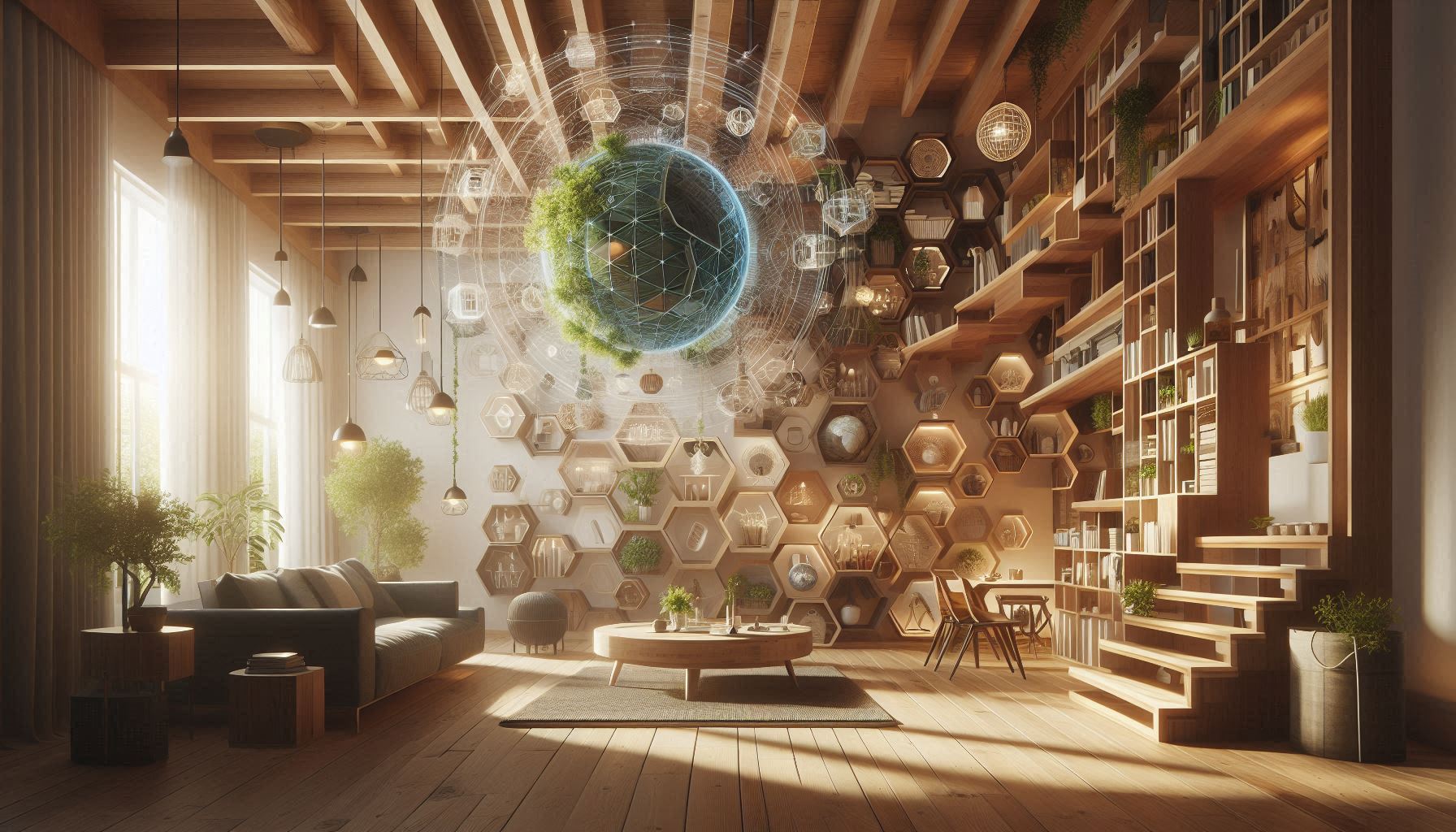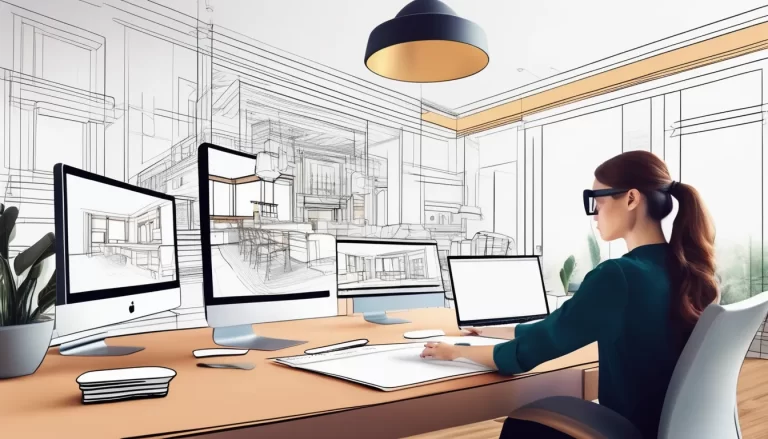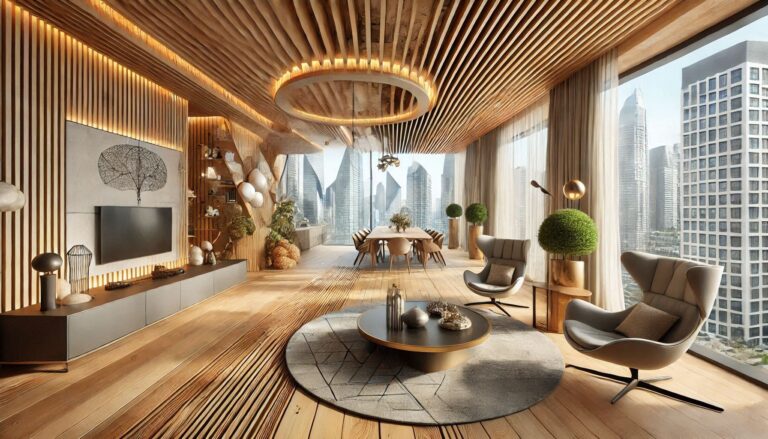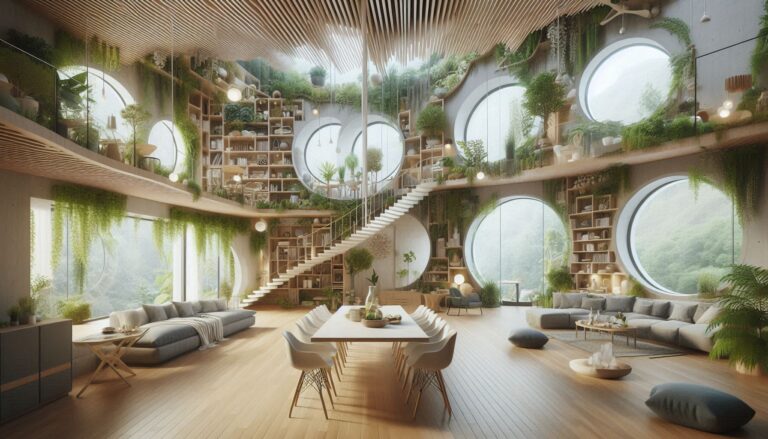The Impact of Smart Home Technology on Interior Design

Smart home technology has dramatically transformed how we interact with our living spaces, and interior design is no exception. From enhancing convenience and energy efficiency to improving safety and security, smart technology has reshaped modern interiors in innovative ways. Here’s a closer look at how smart home technology is impacting interior design:
1. Integrated Design: Blending Technology with Aesthetics
Gone are the days when technology was simply an afterthought in interior design. Today, smart devices like thermostats, lighting systems, and security cameras are seamlessly integrated into the overall design of the space. Designers are increasingly prioritizing aesthetics and functionality, ensuring that smart home devices complement the space without detracting from the visual appeal. Hidden speakers, built-in lighting systems, and wall-mounted tablets are examples of how technology is becoming part of the design fabric.
2. Automation and Efficiency: Smart Home Devices for Every Room
Smart home technology has introduced unprecedented convenience through automation. From lighting that adjusts based on time of day to thermostats that learn your habits, these devices are enhancing both comfort and energy efficiency. In kitchens, smart appliances, such as refrigerators that monitor groceries, and in bathrooms, smart mirrors with built-in lighting and climate control, all integrate seamlessly into the design. The key is making these devices blend into the décor, offering smart functionality without overwhelming the space.
3. Sustainable Design: Energy Efficiency with Smart Technology
Smart home technology also plays a significant role in sustainable interior design. Energy-efficient smart lighting, programmable thermostats, and appliances that reduce energy consumption all contribute to greener homes. This not only lowers utility costs but also aligns with the growing demand for eco-friendly living. Designers are increasingly incorporating smart technologies as part of their strategy to reduce a building’s carbon footprint.
4. Enhancing Security: Intelligent Systems That Protect Your Home
Security systems have become more sophisticated with smart technology. From voice-activated locks to security cameras that connect to smartphones, smart devices make it easier than ever to monitor and protect your home. Interior designers now need to consider these devices as part of the security design, making sure that systems are both functional and aesthetically integrated into the home.
5. Future of Smart Homes in Interior Design
As technology continues to evolve, the role of smart homes in interior design will only grow. The future promises even more integration, where spaces adapt to user behavior and preferences autonomously. For instance, AI-powered systems may optimize room lighting and temperature based on individual needs, and augmented reality (AR) will allow homeowners to visualize changes in their homes before implementing them.
Conclusion
Smart home technology has revolutionized interior design by blending convenience, efficiency, security, and aesthetics. As more innovations emerge, designers must stay on top of new trends and incorporate these technologies into their designs, creating homes that are not only beautiful but also functional and forward-thinking.






